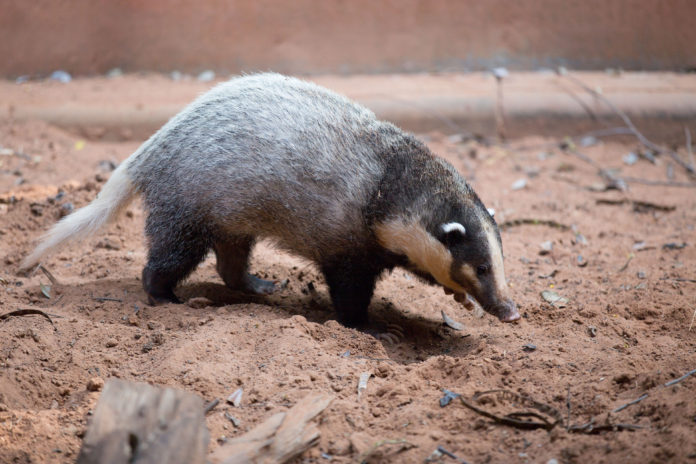In January of 2016, doctorate student Evan Buechley and his colleague Ethan Frehner got hold of seven calves’ carcasses for their study. The two wanted to find out how scavengers in the desert behaved during winter, so they carried off the remains and hauled them onto specific areas in the wilderness. Carefully, the team set up the bovines with sticks and put cameras to record the happenings in that North American wilderness. That pair certainly did not expect the result they found upon their return.
The Disappearance
Buechley had come from the University of Utah ready to see for himself what their study had yielded. When he got to one place where he was certain he had left a carcass, he found nothing. “I was bummed out,” Buechley recounted, “I could not believe that we had lost a carcass this early in the study, considering how difficult it is to get hold of one and move it into the desert.”
Not o be discouraged, Buechley started looking around the scene. He noticed that the ground where the calf had been was disturbed and decided to check out the timed footage from the camera he had left behind. What Buechley found was something he had never expected. “We were hoping to get footage on some of the common scavengers. Some eagles, vultures, coyotes and the like,” Buechley commented. Instead, what he and Frehner found was a badger burying the whole cow on film.
Why this was unusual
The North American badger (Taxidea taxus) is not a new phenomenon in the region. However, the behavior of this one was.
A common badger weighs around six to eight kilograms depending on its gender. Usually, badgers scavenge animals greater than then in weight, but small, averaging twenty-five to thirty inches in length. Its usual food of choice runs to rodents and rats. The badger that Buechley and Frehner found, however, buried a whole calf carcass which is about five times their weight. “Such a massive excavation was impressive,” remarked co-author Frehner in the article that was published in the Western North American Naturalist journal.
The film showed the badger working both day and night to bury its find which Frehner said was unusual since the species are nocturnal. Frehner added that it provided the researchers with an opportunity to observe the badger. “Little is known about them because they either come out at night or hole up underground for days,” Frehner said.
The badger dug around the bovine carcass until it sank then covered the body with soil. Buechley explained that doing so helped the badger cool and thus preserve the meat. The research team then watched the badger make a den beside the hidden carcass which the group clarified was normal for them. The badger remained underground for eleven straight days and then surfaced from time to time for the next few days. Fifty-two days after burying the carcass, the badger abandoned its den.
Buechley and Frehner also found footage of another badger which had buried half of another calf nearby. Frehner noted that his helped prove that the behavior of the first badger was not a one-time thing.
Buechley concluded, “There is a substantial ecological implication if the badgers do have the monopoly in getting carcasses.”




